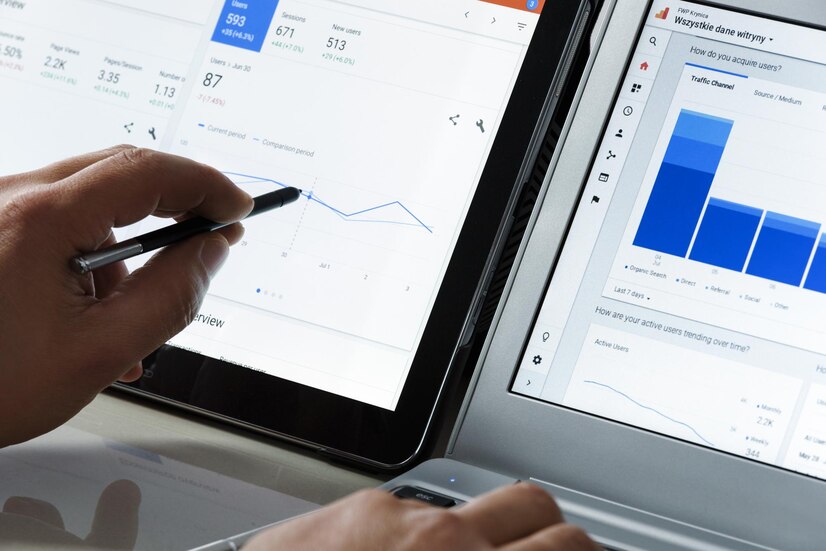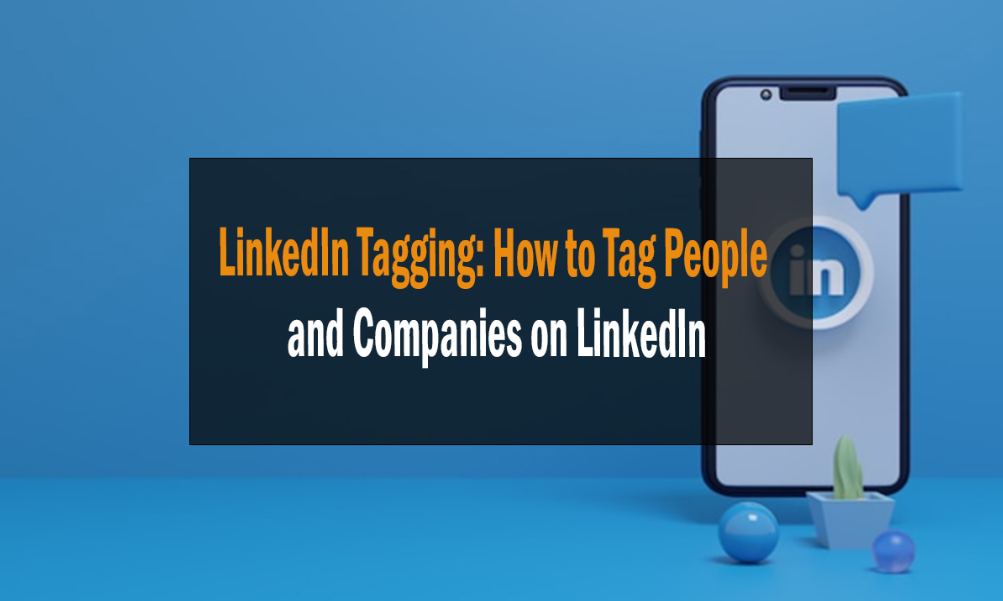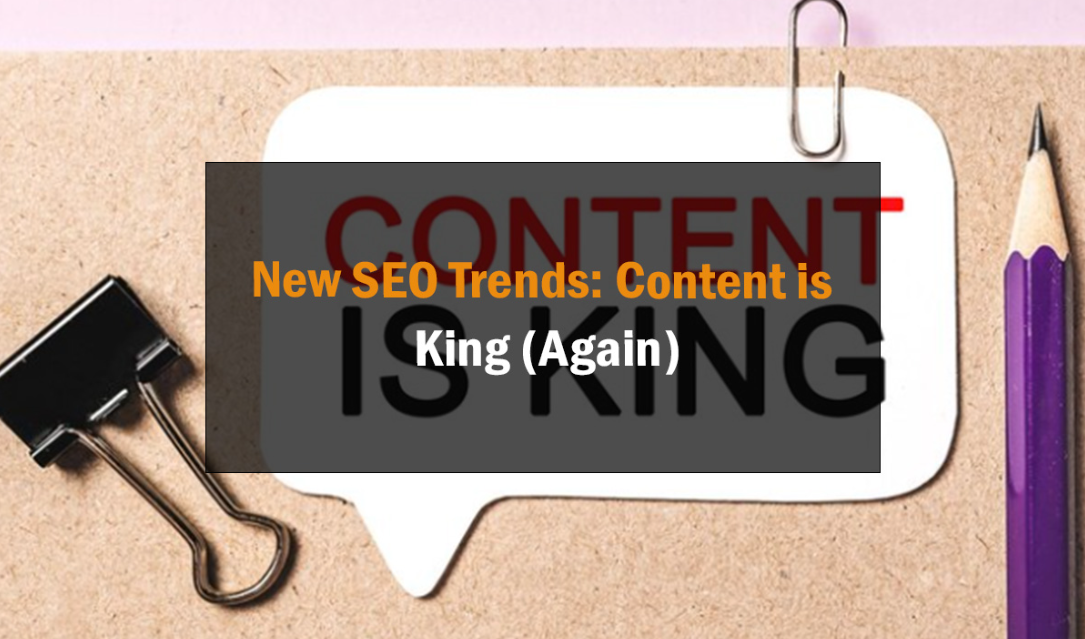
New SEO Trends: Content is King (Again)
The SEO landscape has changed dramatically in recent years, and one of the biggest changes has been the renewed importance of content.
Gone are the days when you could stuff your pages with keywords and hope for the best – today, Google’s algorithms are much smarter, and they’re able to penalize sites that engage in “keyword stuffing.”
Instead, the focus is now on creating high-quality, informative content that will help your site rank higher in search results. And this trend shows no signs of slowing down – if anything, it’s only going to become more important in the years to come.
So, what does this mean for your business? If you want to stay ahead of the curve, you need to make sure that you’re creating content that is both informative and keyword-rich.
Here are a few tips to help you get started;
1. Keep your keywords in mind:
As you create your content, always keep your target keywords in mind. Try to work them into your headlines and ensure that they’re included naturally throughout the body of your text.
2. Make it readable:
In addition to being informative and keyword-rich, your content also needs to be easy to read. Use short sentences and paragraphs, and break up your text with headlines and subheadlines.
3. Promote your content:
Once you’ve created your content, make sure to promote it through social media and other channels. This will help to get your content in front of as many people as possible.
By following these tips, you can create content that will help your site rank higher in search results and attract more visitors.
Google has previously stated that it wants to see mobile-friendly websites, provoking many SEO firms to demonstrate their “responsive design” competence at every opportunity. Fast load times have always been essential.
However, despite Google’s secrecy around the algorithm, SEO specifics remain a “black box” to most people. Even the most experienced bloggers conduct tests on a regular basis in order to learn what is going on behind the company’s algorithms. These tests lead to hypotheses that are then tested with further repetition.
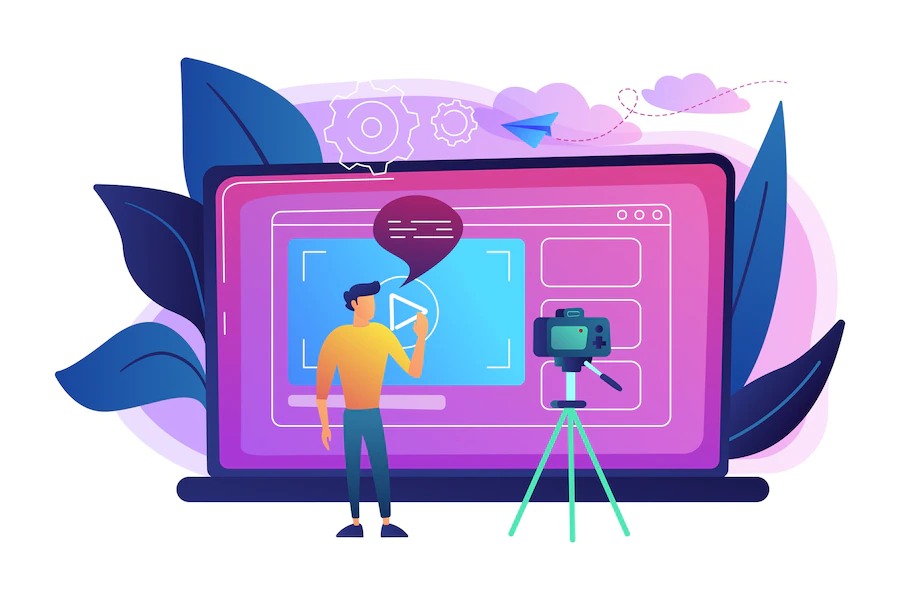
What are Core Web Vitals?
The Page Experience Update, introduced several new components, one of which is Core Web Vitals. What sets core web vital apart from other ranking signals examined by SEOs is that they have concrete values.
The 3 metrics Google has chosen to be:
- Core Web Vitals are LCP
- CMS
- FID
It may appear hauntingly technical, especially if you’re not a Search Engine Optimization (SEO) evangelist.

Core Vital 1: LCP (Largest Contentful Paint)
This phrase refers to the load time of the visual components of your webpage. In particular, LCP is used to describe the longest block of visual content on a page. The presence of that fancy slider, your company logo, and any other image content all add seconds to your website’s loading time.
(image compression) would reduce your LCP, and give you higher standing in the eyes of Google.
The simple reality is that users don’t want to wait. This is why slow web sites have such a high bounce rate (percentage of people quickly leaving). Users know what they want, and they want it now. Every second wasted on page load time, is a second where the user is tempted to jump off your page and find their answer somewhere else.
Have you ever opened up multiple tabs from a google search result at once? This is a fairly common practice for the user, to ensure they get what they’re looking for as quickly as possible.
For example, if I search for “best deli in Mineola,” I might open up 2-3 nearby delis at once. Then, I would quickly look through the menus, the images, and come to a conclusion on where I’d like to order from.
Put yourself in my shoes for a moment. I’m hungry. It doesn’t matter if you’ve uploaded a photo of the best Reuben Nassau County has ever seen, if it takes too long to load. I’m going to see a blank page, or a page with slow-loading images, and quickly jump between the tabs where I have my other options. The one that loads the fastest may not necessarily win my business, but it satisfies the user experience the most.
Improving Your LCP
By reducing the size of your largest image, you also reduce the time it takes to render that image. Keeping your images under 1 MB is a useful rule of thumb. Most images can be resized inside Photoshop, InDesign, or whatever image editing suite you prefer.
If you’re a WordPress user, Smush or Tiny PNG will allow you to quickly bulk compress images – decreasing the time it takes to load them as well. Each of these plugins has a free version.
Core Vital 2: CLS (Cumulative Layout Shift)
The CLS is a measure of page stability, and is considered a Core Web Vital by Google’s most recent algorithm update. Layout shifts are funky things that happen for a variety of reasons, but they manifest the same way – the website does something ‘annoying.’
Usually, that’s losing your place in an article, or clicking a button with a delayed response – But When you scroll through an article on a website, the site “jumps” you to another location and you have to scroll back to your place… This happens frequently with users clicking on advertisements rather than the article they intended to read. The overall layout shift of a webpage as it goes through the loading process is known as Cumulative Layout Shift.
If you’re older, you may recall frequent layout changes on old websites, with huge, half-blurry pictures loading. That’s not something we want to see happen on our website, as it depicts an example of excessive CLS.
Ideally, you want the page to move as little as possible while things load. The aim is for readers to be able to scan and absorb information as soon as possible, without having to refocus their attention after the page has shifted.
Humans, like other animals, are fickle. It’s not too unusual for people to go from one mineola deli to the next in search of new information about lyme disease. They may become frustrated if they start reading an essay and the website “messes up,” forcing them to start over.
We see why Google has selected CLS as a Core Vital. Don’t you?
Google has been tracking cumulative layout shifts for a while. but the way Google calculates CLS has evolved over time. The objective of any algorithmic improvement is to boost accuracy, as with any other algorithmic change.
The goal is for your overall layout shift score to be less than 0.1. Remember that when someone experiences CLS, their user experience is frequently described as “annoying.” We strive to avoid annoying our users and offer a seamless experience whenever feasible.
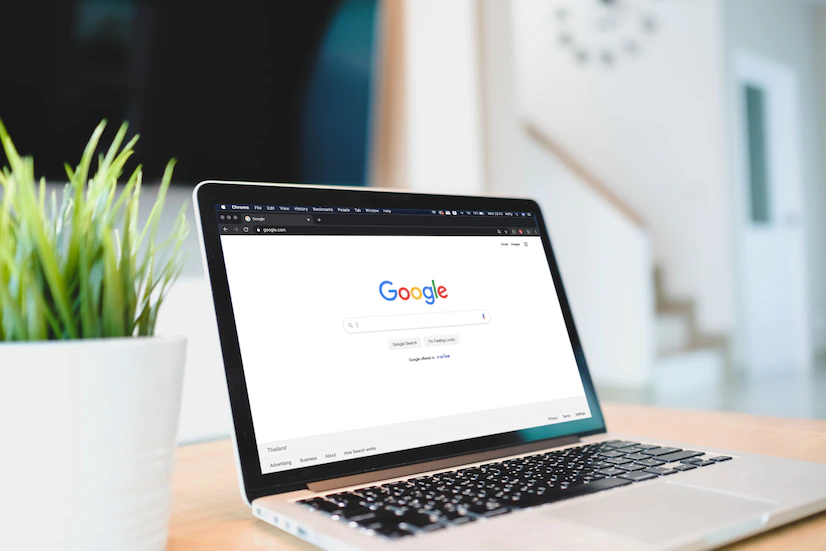
Improving Your CLS
When compared to LCP, locating the source of cumulative layout movement is a bit more difficult.
The following are the most frequent reasons for layout shift over time;
• Web fonts which cause fleshes of invisible or unstyled
• Ads, Embedded Items, and iFrames without dimensions
• Images without dimensions
• Dynamically injected content
Snippets of iFrame code are used by you if you’ve ever embedded anything on sites like YouTube using the ‘share’ button. Snippets, on the other hand, can be difficult to spot when dimensions (or missing dimensions) are truncated or included. These can be simple mistakes to identify as factors affecting your CLS.
As far as the issues with fonts are concerned, this can primarily be caused by using fonts hosted online. Sometimes changing the font to something more uniform, or hosting the font yourself, becomes the quickest workaround.
Using the actual size of the image source (known as “intrinsic size”) may do the trick on photos. Finally, if your CLS is in the “poor” range of 0.25 or higher, you might consider just altering the site’s layout rather than attempting to improve it. These live demo sites may also be linked to a tool like GTMetrix, which we discussed previously.
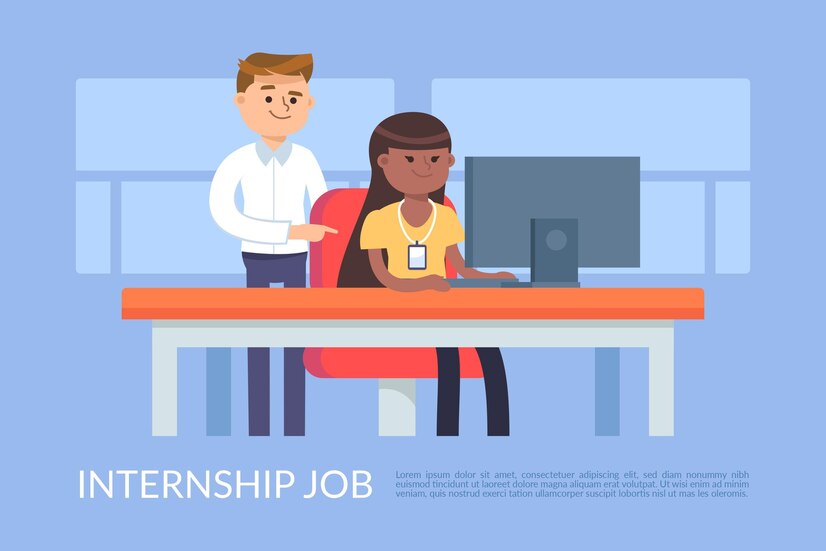
Core Vital 3: First Input Delay (FID)
The first input delay is the time it takes for a site to become mobile-friendly. Keep in mind that there was a pointless “button” with no purpose or speed, as we previously said? Poor FID has something to do with this.
The significance of this is that bad FID can push users to become frustrated (again, considering your site to be ‘annoying,’ and harming the entire user experience). According to studies, people are less likely to stay on a page if their first attempt at interaction is interrupted or unsuccessful.
One of the great benefits of these Core Vitals is that Google has provided goal values for each one. We’re not having to use our imaginations, which can be a pain for SEOs trying to figure out how many backlinks are required to rank for a certain term. Instead, we know what constitutes a “good” and “excellent
The goal for FID is to deliver a response time of less than 100 milliseconds for 75% of all page loads.
So, if a user clicks a button, we want the intended result of the click to occur within 100 milliseconds. Anything beyond this is interpreted as delay, or a “slow” reaction. Paul Buchheit, the Gmail creatorHumans are impatient creatures, and as a result, there is an estimated 20% decline in traffic for every half second delay, as well as a projected four million dollars in lost income per full millisecond. We said that humans are impatient beings. The desire for results now is insatiable.
Improving Your FID
As a rule of thumb, minimising the number of queries your code makes to get something from the database lowers latency.
There are several helpful plugins that will automate this for you! Using images rather than inline SVG code for icons and logos is another way to be more minimal. Removing unneeded or outdated code from your CSS can significantly lower its file size.
Google’s Page Experience Update – Experience vs. Content
The core idea of this article is “Content Is King (Again),” and there’s a reason for that. While it’s easy to get lost in the technical SEO jargon and metrics, the end objective is always the same: pleasing your visitors.
Even if the page experience of a site is somewhat worse than that of another, Google has confirmed it will still prioritise sites with the greatest information. As a result, we consider these new Core Vitals “lightweight” metrics – they’re useful to have and important to monitor. They are not, however, the “be all end all” of Don’t turn them into the latest bright thing to pursue, derailing your team on a half-pointless quest to be the #1 in these Core Vitals! They’re simply another tool that Google is employing to assist users in getting to the best knowledge as quickly as possible.
